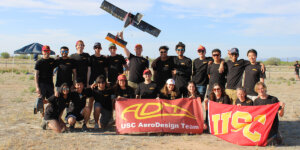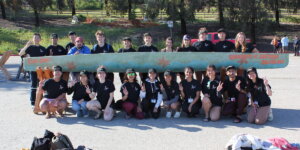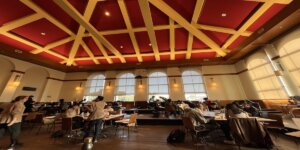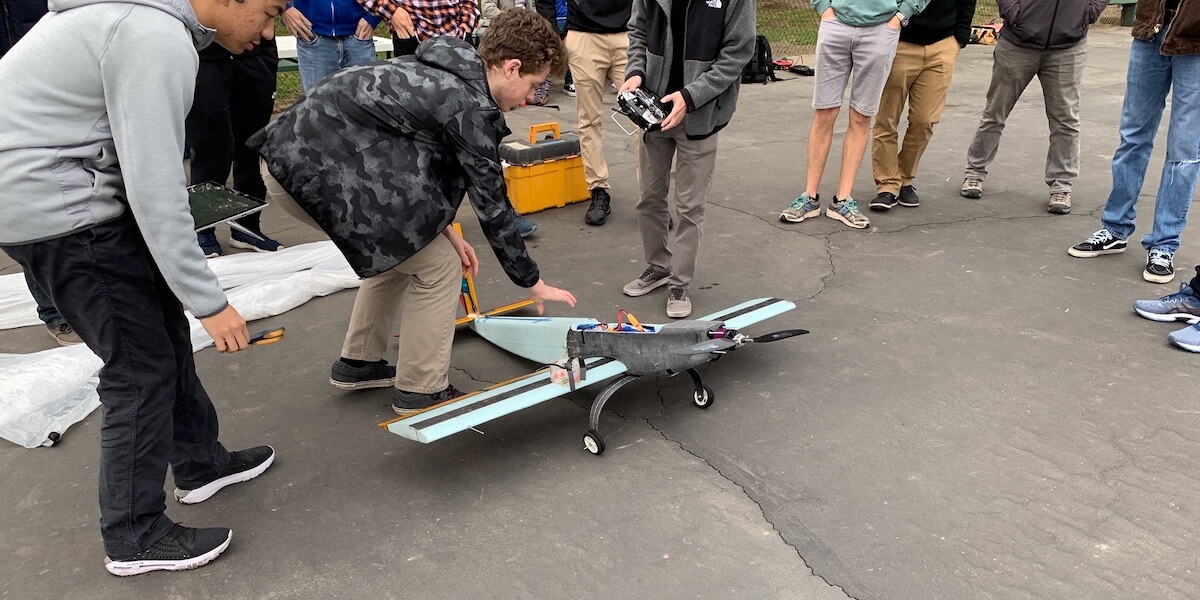
USC Aerodesign’s 2020 aircraft SCkyfall, the winner of this year’s AIAA Design/Build/Fly Competition. PHOTO/USC AERODESIGN.
The USC Aerodesign team does not shy away from challenges, and faced with this year’s AIAA Design/Build/Fly challenge, they proved formidable. Despite the fact that the competition, originally scheduled to be in-person in mid-April in Wichita, Kansas, took place remotely, the University of Southern California team proved its superior technical skills, coming in first for the third time since 2014 and winning the $3K prize. The team also was awarded “Best Report” for the third year in a row.
Said Chief Engineer of the 2019-2010 USC Aerodesign team Michael Tawata: “I think our team showed incredible resilience to the unprecedented number of changes that required rapid pivoting and design rework.”
This year’s challenge was to build a banner-towing bush plane. The aircraft had to take off with a banner of at least 10 inches stowed, release the banner after takeoff, tow the banner for as many laps as a possible in a ten-minute window and then release the banner before landing. The USC Aerodesign team decided a competitive aircraft would fly 39 passengers and tow a 450-inch banner.
“The team holds multiple test flights each semester, which involves waking up at 5 a.m. on Sundays to go fly the aircraft and identity areas for improvement. It’s not an understatement to say we put in thousands of hours of work to ensure we’ve designed, built and flown the best aircraft we were capable of producing,” said Ara Mahseredjian, Program Manager for the USC Aerodesign team and recent USC Viterbi graduate.“It’s a labor of love.”
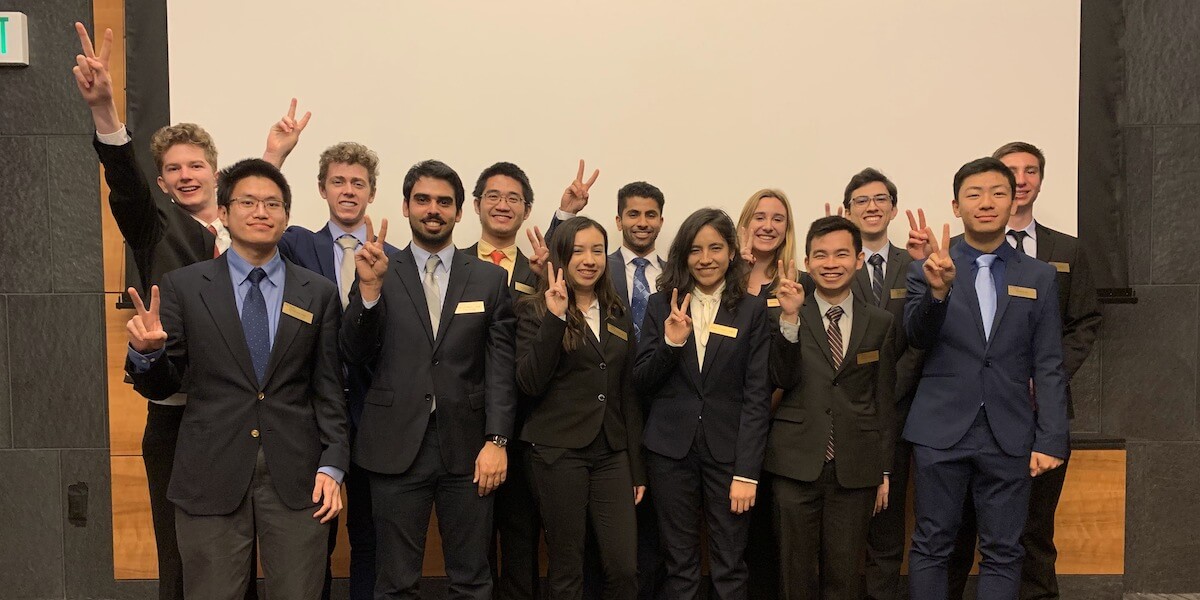
The USC Aerodesign team. (From left to right – back row: Jackson Markow, Jack Ahrens, Chentao Yu, Neeraj Utgikar, Michelle Karpishin, Ben Boggs, Drew Hudock; front row: Lawrence Goo, Ara Mahseredjian, Randi Arteaga, Diana Salcedo-Pierce, Michael Tawata, Muqun “Sunny” Hu.) PHOTO/USC Aerodesign.
This year’s in-person fly-off was cancelled due to COVID-19, so teams were scored only based on their reports, which were due in February. Some teams did submit videos of remote launches.
The design process requires learning a lot of tough lessons very quickly, said Mahseredjian. Test flights taught the team a lot about building an aircraft in such a high weight class and one of their earliest full prototypes was damaged beyond repair during its second flight, Mahseredjian said.
One hundred and thirteen teams participated in the competition. Second and third place were the Georgia Institute of Technology and the University of Nevada, Las Vegas respectively.
Said Mahseredjian: “I am most proud of our team’s nonstop effort throughout the year. This year’s aircraft SCkyfall was heavier, more powerful and faster than any aircraft that ADT has built in years.”
Added Tawata: “While the cancellation of the flight competition was unfortunate, the challenges presented this year gave our upcoming team a strong foundation that will only make them more successful in coming years.”
Published on June 3rd, 2020
Last updated on June 5th, 2020




